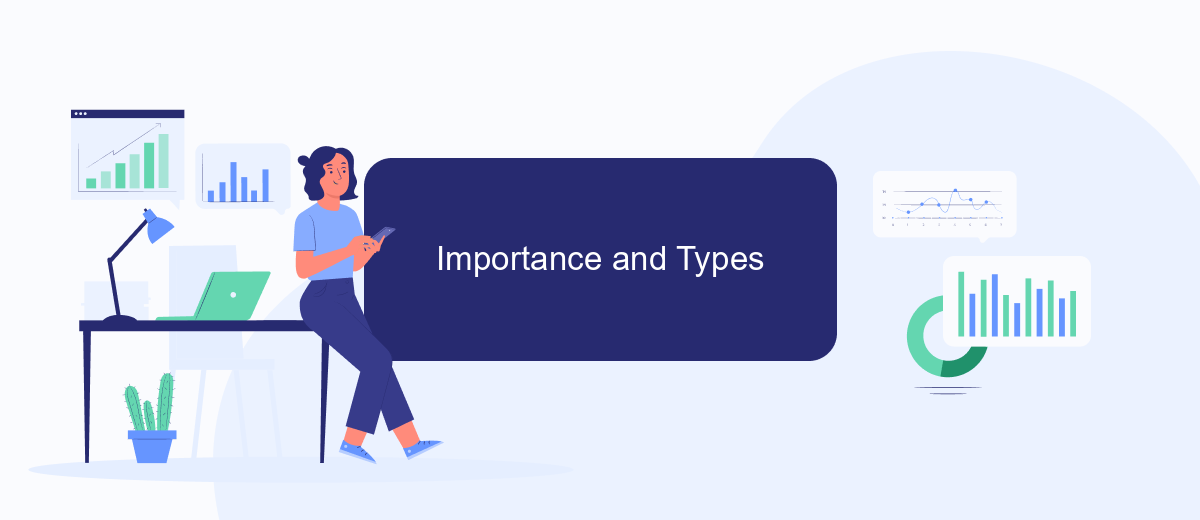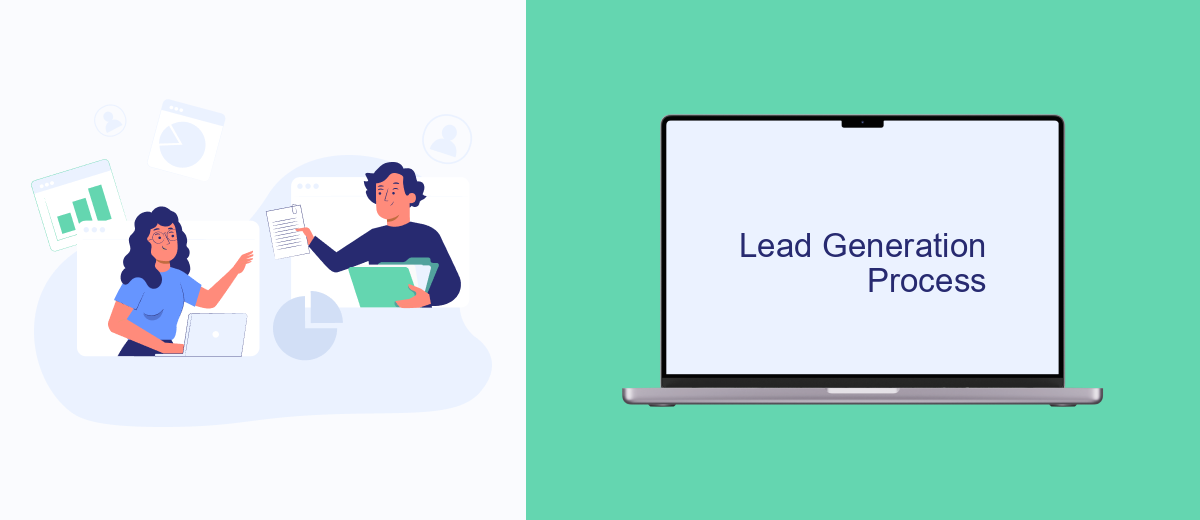Lead generation is a crucial aspect of any successful business strategy, serving as the initial step in attracting potential customers and converting them into loyal clients. This process involves identifying and cultivating interest in a product or service, ultimately driving growth and profitability. In this article, we will delve into the definition of lead generation, its importance, and effective strategies to implement it.
What Lead Generation Is
Lead generation is the process of attracting and converting prospects into potential customers for a business. It involves various strategies and techniques to capture the interest of potential clients and nurture them through the sales funnel. The ultimate goal is to generate quality leads that can be converted into sales and drive business growth.
- Identifying target audience
- Creating engaging content
- Utilizing social media platforms
- Implementing email marketing campaigns
- Using lead generation tools and software
One effective way to streamline lead generation is by integrating various marketing tools and platforms. Services like SaveMyLeads can help automate this process by connecting different applications and ensuring seamless data transfer. This not only saves time but also enhances the efficiency of lead generation efforts, allowing businesses to focus on nurturing and converting leads into loyal customers.
Lead Generation vs. Demand Generation

Lead generation and demand generation are two distinct yet complementary marketing strategies. Lead generation focuses on capturing interest and converting it into actionable leads. This process involves identifying potential customers, engaging them through targeted campaigns, and collecting their contact information for further nurturing. It is a more immediate approach, aiming to generate a list of prospects who have shown interest in your product or service.
In contrast, demand generation aims to create awareness and interest in your brand over a longer period. This strategy encompasses a broader range of activities, including content marketing, social media engagement, and educational webinars, all designed to build brand recognition and trust. While lead generation targets specific individuals ready to convert, demand generation nurtures a wider audience, preparing them for future engagement. Tools like SaveMyLeads can streamline the integration of lead data into your CRM, making it easier to manage and nurture leads generated from both strategies.
Importance and Types

Lead generation is crucial for any business aiming to grow its customer base and increase revenue. By effectively generating leads, companies can identify potential customers and nurture them through the sales funnel, ultimately converting them into loyal clients. This process not only boosts sales but also helps in understanding customer needs and preferences, allowing for better product or service offerings.
- Inbound Lead Generation: This involves attracting potential customers through content marketing, social media, and SEO strategies.
- Outbound Lead Generation: This method includes proactive outreach such as cold calling, email marketing, and direct mail campaigns.
- Online Lead Generation: Utilizing digital channels like PPC advertising, webinars, and online forms to capture leads.
- Offline Lead Generation: Leveraging traditional methods such as trade shows, networking events, and print advertising.
Integrating these lead generation methods with automation tools can significantly enhance efficiency. Services like SaveMyLeads facilitate seamless integration of various platforms, enabling businesses to automate lead capture and follow-up processes. This ensures that no potential lead is missed and helps in maintaining consistent communication with prospects.
Lead Generation Process

The lead generation process is a systematic approach to attracting and converting potential customers into leads. It begins with identifying the target audience and understanding their needs and preferences. This understanding allows businesses to craft tailored marketing strategies that resonate with potential customers and encourage them to engage with the brand.
Once the target audience is identified, various channels and techniques are employed to capture their interest. This can include content marketing, social media campaigns, email marketing, and more. The goal is to provide valuable information and incentives that prompt potential customers to share their contact information, thus becoming leads.
- Identify target audience
- Develop tailored marketing strategies
- Employ multiple marketing channels
- Capture leads through forms and incentives
Effective lead generation often involves integrating various tools and services to streamline the process. For instance, platforms like SaveMyLeads can automate the capture and management of leads from different sources, ensuring they are promptly followed up. This not only saves time but also increases the efficiency of the lead generation process, ultimately driving higher conversion rates.
- Automate the work with leads from the Facebook advertising account
- Empower with integrations and instant transfer of leads
- Don't spend money on developers or integrators
- Save time by automating routine tasks
Tools and Software
Effective lead generation relies heavily on the right tools and software to streamline processes and maximize results. Customer Relationship Management (CRM) systems like Salesforce and HubSpot are essential for tracking interactions with potential leads and managing customer data. Email marketing platforms such as Mailchimp and Constant Contact enable businesses to reach out to prospects with personalized messages, increasing engagement and conversion rates.
Additionally, automation tools like SaveMyLeads can significantly enhance lead generation efforts by integrating various services and automating workflows. SaveMyLeads allows businesses to connect their lead generation forms with CRM systems, email marketing platforms, and other essential tools, ensuring seamless data transfer and efficient follow-up. Analytics tools like Google Analytics and SEMrush provide valuable insights into lead behavior and campaign performance, helping businesses refine their strategies and improve ROI.
FAQ
What is lead generation?
Why is lead generation important for businesses?
What are some common lead generation strategies?
How can businesses automate their lead generation process?
What metrics should be tracked to measure the success of lead generation efforts?
SaveMyLeads is a simple and effective service that will help you automate routine tasks and optimize business processes. Stop wasting time uploading leads from Facebook manually – you can do it automatically, saving a lot of time and money. Eliminate routine from workflows and achieve more with minimal investment of money, effort and human resources.

